|
Advertisement
|
Road to Enlightenment
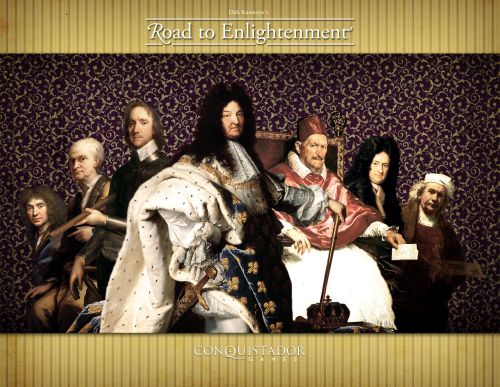
DescriptionRoad to Enlightenment gives players control of great scientists, artists, philosophers, religious leaders, politicians, and military leaders, bringing them uniquely and individually to life. You play as one of the great monarchs from 17th and early 18th century Europe representing one of the seven top powers of the era: Austria, England, France, Poland, Russia, Spain, or Sweden. Your objective is to be recognized as the most prestigious monarch by producing the most admired art and culture, lead the continent in scientific innovations, spread or resist the spread of Catholicism, and attempt military expansion beyond your historical borders. All of this is accomplished by marshaling 134 historical "luminaries" – important historical figures covering every relevant domain of human achievement during the period. The luminaries are rated in between one and seven different areas of endeavour: military, politics, religion, ideas, science, art, or wealth. Additionally, each luminary has a unique Action, Enhancement, or Response based on their real historical achievements to be brought to bear in service of your nation. Consider the difference between Rembrandt and Vermeer: Both are important and wonderful artists, but in the real-life Dutch Republic, Rembrandt was famous and well-patronized, composing hundreds of celebrated portraits in his career. Vermeer was obscure and produced an order of magnitude less art in his career. In Road to Enlightenment, Rembrandt has higher ratings and gives you a benefit every single time another luminary is removed from the game, reflecting the influence and nature of his portraiture. On the other hand, Vermeer provides only a modest benefit to reflect the limited impact his career had at the time. Invading other countries in the 17th century was a complex mix of cultural, religious, and logistical considerations. These have all been baked into the various territories on the map, making it quick and easy to make decisions around where to try to attack:
With Road to Enlightenment, all of the intricacies related to managing military expansion have been baked into these easy-to-use board mechanisms. In order to create a game that simulates the battle between nations for prestige – covering war, politics, religion, science, and art – while focusing on many of the diverse people of history, we've mashed up aspects from wargames, Euro games, deck-building games, and statistical sports simulations. While it is an eclectic mix, this broad spectrum approach to the game's design enabled this diverse and richly detailed set of conditions to come together in a game that is epic in scale but doesn't take all day to play. The full game is for 3-7 players; the pocket version is for 2-4. Game DiscussionsAdd CommentYou need to be logged in to comment. Insert Bullet List Please enter at least one item. Item: Item: Item: Item: Item: Insert Numeric List Please enter at least one item. Item: Item: Item: Item: Item: Insert Link Please enter the link of the website Optionally you can add display text Insert Email Please enter the email address Optionally add any display text Insert Image Please enter the link of the image Insert YouTube Video Please enter the link of the video MarketplaceNo listings at the moment. Do you own this game? Click here to list it for sale.
Similar Games
|
Best Sellers
Board Games
|
||||||||||||||
Latest Searches: star wars the black series obi-wan kenobi ep1 force fx lightsaber | Connect+4+Game:+Black+Panther+Edition | Fortworthopoly | Monopoly+marion+sc | family Fluxx | Munchkin 7 Cheat With Both Hands | older+charade+games | My Little Pony Best Gift Ever Mane 6 Celebration Set | Dai jobi | revolt on antares | cosmic+encounter | San+Marcos+opoly | Vegetable | Land grab | Weed monoply | App | hit+the+beach | Star+Wars | clark | travia+crack | ungle+speed | WWI | zombiecide | Carrscone | Kalandra fel | Film+trivia | Colossal fossil fight | San pedro-opoly | 5 little niggers | leipzig
All Rights Reserved

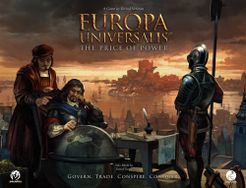

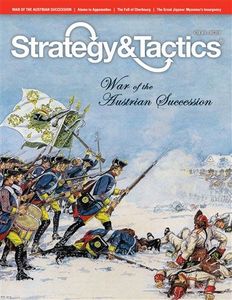
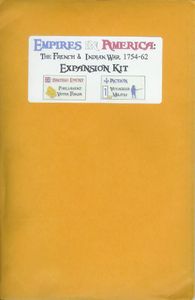
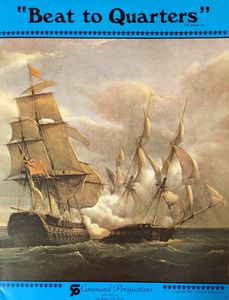
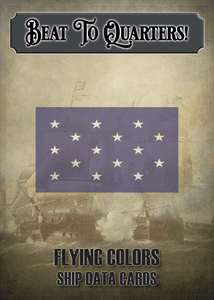
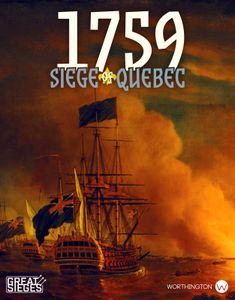
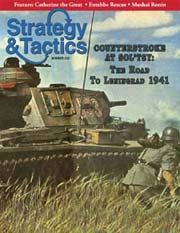
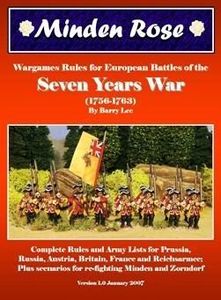
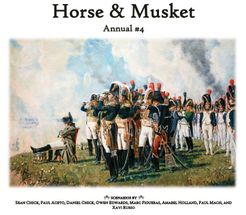
Comments (0)